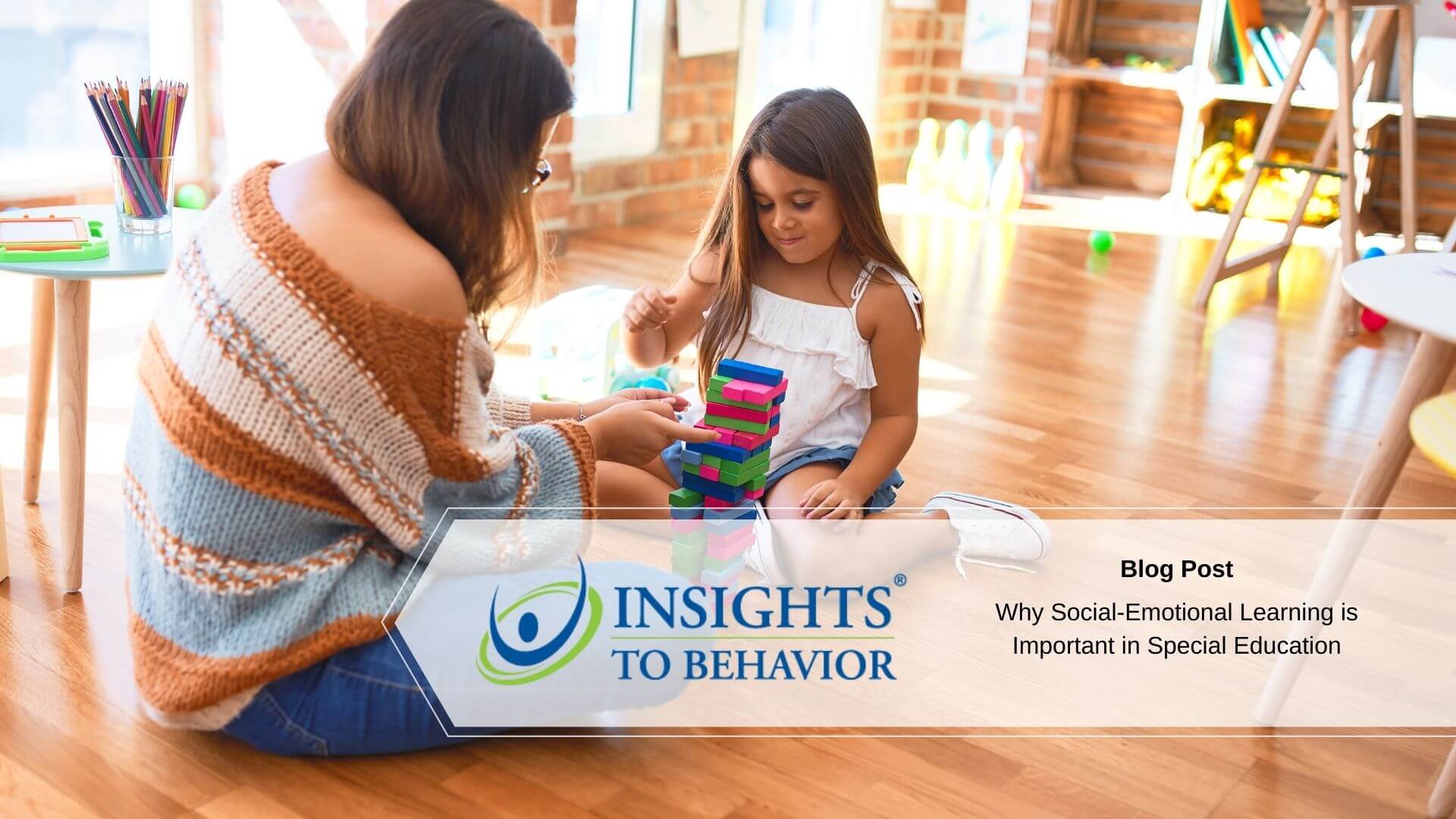Students learn crucial life skills to help them develop a positive self-image and learn responsibility. Two of the most valuable lessons that can be taught in social-emotional learning in SPED are social and emotional skills—such as learning to see other people’s perspectives. These skills can help forge relationships with other students and their teachers, skills that become their sources of support, not of judgment or tension.
The Importance of Social-Emotional Learning in Special Education
SPED students often struggle to meet academic expectations. Their reading skills may lag significantly behind other students their age. If an assignment appears to be too difficult—they are easily overwhelmed, often erupting and becoming belligerent—emotionally out of control.
According to Greater Good Magazine, applying SEL methodologies allows us to help our students focus more proactively on nurturing their social and emotional skills, which include:
- Learning to recognize their emotions and thoughts
- How their emotions and thoughts influenced the most recent behavior
- Coping with stressful feelings or situations
- How to maintain positive and cooperative relationships with other
While several SEL programs have budded over the past two decades, many have documented the benefits for students and their teachers; SEL has proven vital in helping students achieve their goals, especially for those students with significant behavioral problems.
Many states now mandate SEL to be part of the curriculum. Students who struggle to keep their impulsive behavior under control benefit from SEL by learning how to recognize and control those behaviors. They also learn to practice self-calming techniques, such as mindful breathing. Additionally, by understanding their strengths and limitations, they know when they should ask for help.
Any student can benefit from SEL however, building social and emotional competency is especially crucial for students with disabilities. Increasing self-efficiency, building stable relationships, and helping students learn how to manage their emotions are factors critical to student success. The increasing research and awareness behind SEL are not only proving beneficial to those with disabilities but to all students.
The Collaborating States Initiative (CSI) was founded in 2016, and has scaled from 8 states to 40 plus states in one U.S. territory.
These figures represent more than 90% of students, teachers, districts, and schools in the U.S. Interestingly, states connected to the CSI were more likely to adopt SEL competencies and 4X more likely to share SEL guidance. The CSI offers over 125 resources in its State Resource Center. Every SPED classroom needs a space for students to work on self-management, self-awareness, and responsible decision-making.
SEL in Special Education
Teacher- turned- writer, Rachel Storey, who holds a Michigan teaching license with endorsements in learning disabilities and cognitive disabilities has an arsenal of tools for students to help them regulate. Here are some helpful sites to start your SEL:
- Yoga and Movement task cards
- Free stories and Boardmaker about many topics
- Activity boards to de-escalate emotions
- Coloring pages
- Small sensory items like fidgets
- How to control worrying
- Sound-blocking headphones
- Task cards with mindfulness tasks such as breathing exercises
The above resources are adaptable for both remote and in-person teaching. They can be used in a remote environment by providing links in an SEL section on your LMS and teaching students, parents, or guardians how to use the resources. Here is a digital calm corner with many activities to help regulate emotions.
Here are four ways how you can support SEL to help your students:
1. Understanding Strengths and Needs: SEL data provides essential insight into SPED students’ social and emotional needs. If educators gain insight into areas students are struggling with and areas of strength, they better understand and can better support their needs. Everyone benefits from SEL.
2. Improved Outcomes: Schools are now using SEL screening to identify better and address special ed students’ needs. New research on people with disabilities shows that SEL has a broad impact:
- SEL contributes to improved behavior and higher grades
- Teachers and students benefit from more productive learning environments and enhanced relationships
- Trust in educators and teachers increases exponentially
- Educators are better prepared to create supportive environments for special ed students to thrive
3. Overcoming Adversity: Adversity is common to all students—they face adversity in their daily lives. Economic situations, environmental conditions, and home factors can impact students’ lives and success abilities. Students with disabilities can find these overwhelming — SEL can help.
4. Universal Inclusion and Acceptance: If SEL programs are implemented for all students, SPED students benefit in many ways.
- Universal SEL programs promote a culture and climate of inclusion and acceptance
- Students are more helpful and empathetic toward students with special needs
- Peer-to-peer relationships improve
- Students benefit from opportunities to build their own social and emotional competence
- They enjoy more trusting and better relationships with their teachers
- Bullying decreases when all students receive SEL programming
- SPED students, like other students, can benefit from SEL; these assessments help educators better understand their students’ needs
Evidence-based SEL programming helps:
- Improve student achievement and goal attainment
- Provides the tools students need to work through adversity
- Promote a school-wide culture of inclusion and tolerance
If your organization or educational facility is ready to take the next step to provide a true SEL environment by creating legally defensible Behavior Intervention Plans, Insights to Behavior is the top-rated online product to help you achieve your goal.
Partnering with Insights to Behavior provides you with many exclusive advantages, such as:
- Research-based strategies at your fingertips
- Behavior management best practices
- Fewer meetings, faster workflow
- Better equip teachers with skill training
- Continual improvement made simple
Track, manage and modify K-12 student behaviors in one place! Request a free no-obligation demo today and we’ll reach out to schedule a personalized online demo with pricing that meets your needs.



